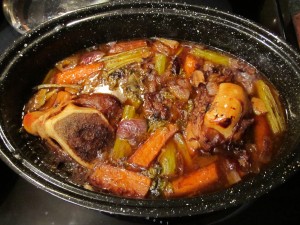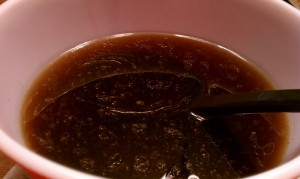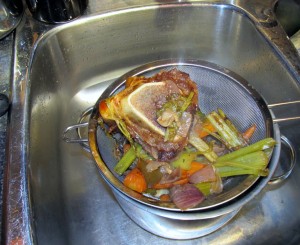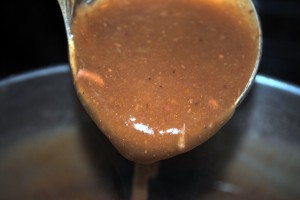
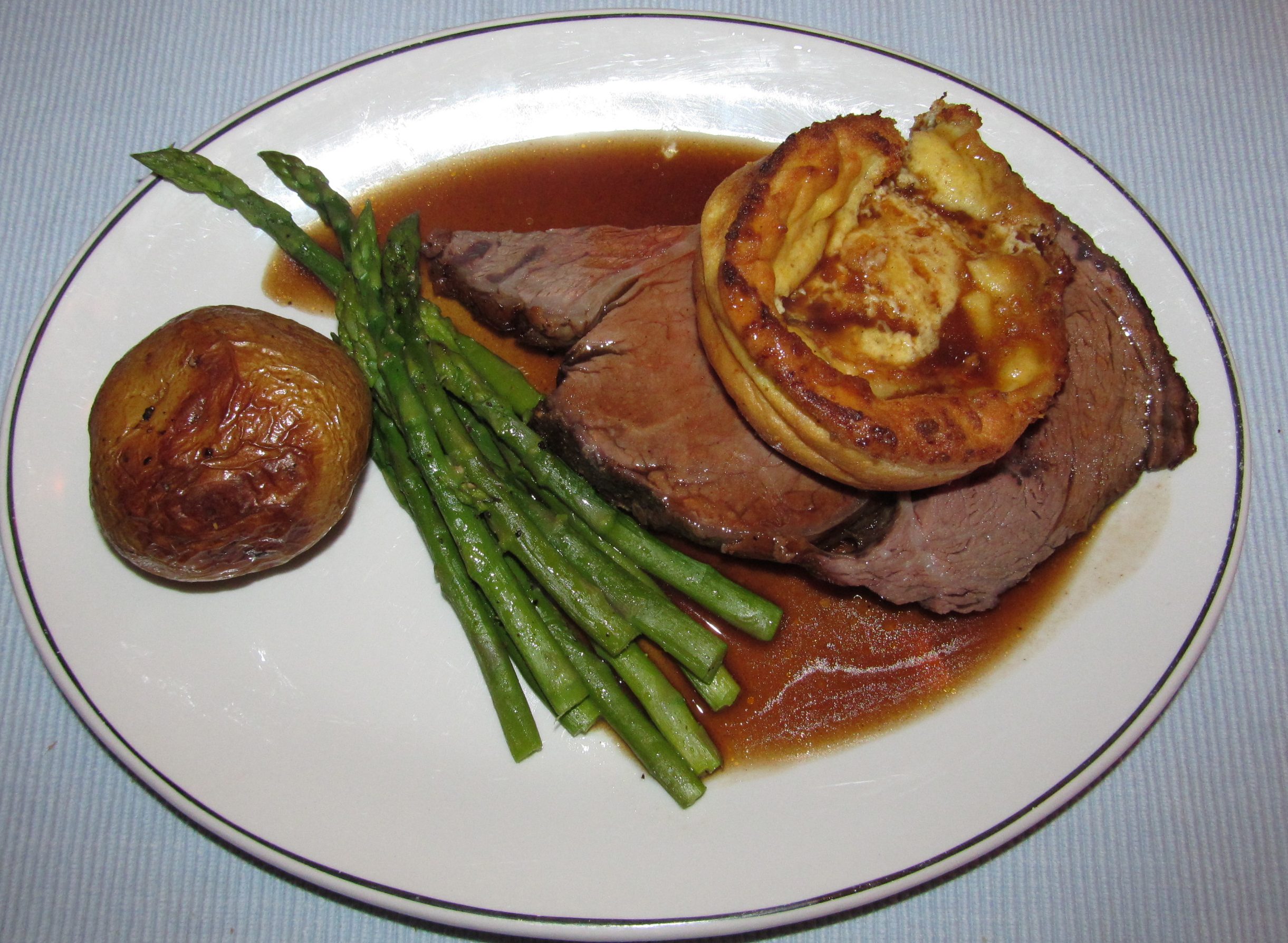
Prime Rib w/ Beef Bone Gravy
Posted on Oct 21, 2021 in thekitchenman's tested recipes | Comments Off on Prime Rib w/ Beef Bone Gravy
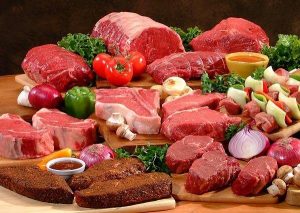 All the perfect cuts come from an experienced butcher.
All the perfect cuts come from an experienced butcher.A few extra pennies a pound is a small pittance to shell out for such premium quality.
Find the right butcher shop and start an affair with the butcher.
Ask him every thing he knows about his products.
Find out if they are dry aged or inertia gassed aged with plumping. Ask if he uses meat glue to process anything.
Can he explain the best marble content and proper cooking procedures that his experience with his products has given. Ask if he knows the beef producer.
Why did he choose this beef supplier. How much moisture content and have any of the displayed meats been frozen.
Take the time to understand what you are purchasing and why the cost is justifiable. This holiday the price of butchered steaks and roast meat is going to be very expensive.
May I suggest that you find a butcher that you like and can trust.
If you can buy a section cut from a steer and have it wrapped labeled and frozen for your next meal needs.
Life is to short to eat mediocre beef so find the best cuts you can afford.
You will be happy you did when you see what a steak is going to cost shortly.
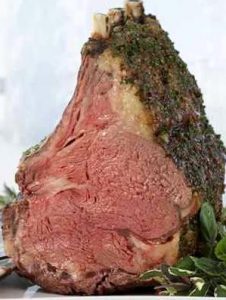
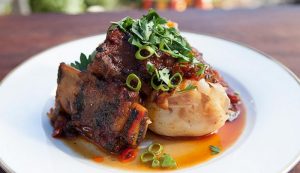
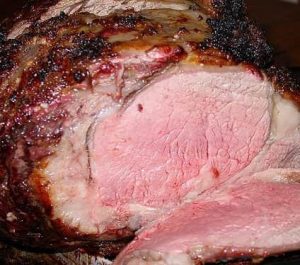
Perfectly Aged Range Fed Prime Rib is still the king of roasts in my books.
I have given up dinning out when hankering for some beef. Most all of the restaurants versions of prime rib is sadly lacking any professional cooking techniques. So many chef/cooks try to over think the way this piece of the steer should be roasted. During my career as a banquet chef at Hotel Vancouver for the Timber and Roof Top Panorama Rooms, Prime Rib sliced from the roast was the #1 dish served. I learned how to prepare prime rib from my dad first and over the years have done the deed thousands of times.
When your spending $20/42 bucks a pound for a choice 29 day full aged chunk of range fed prime rib, %35 percent is lost due to shrinkage during the roasting process. To lower shrinkage, I cook at a lower temperature and use an olive oil garlic, onion, parsley herb, kosher salt, black pepper fused rub to seal in all the flesh. A good fat cap and marbling requires a slow heat to break down slowly recirculating the flavour juices within the walls of the meat and not gushing out into the roast pan. A good rub also protects the outer surface from breaking open and adds extra flavours to the finished roast. Remember to ask the butcher for a nice centre cut and ask about the age and its origins. The more you know about the piece of meat you have before you, the easier it will be to make it one of the best beef roasts you have ever done. Eat well my friends
I have given up dinning out when hankering for some beef. Most all of the restaurants versions of prime rib is sadly lacking any professional cooking techniques. So many chef/cooks try to over think the way this piece of the steer should be roasted. During my career as a banquet chef at Hotel Vancouver for the Timber and Roof Top Panorama Rooms, Prime Rib sliced from the roast was the #1 dish served. I learned how to prepare prime rib from my dad first and over the years have done the deed thousands of times.
When your spending $20/42 bucks a pound for a choice 29 day full aged chunk of range fed prime rib, %35 percent is lost due to shrinkage during the roasting process. To lower shrinkage, I cook at a lower temperature and use an olive oil garlic, onion, parsley herb, kosher salt, black pepper fused rub to seal in all the flesh. A good fat cap and marbling requires a slow heat to break down slowly recirculating the flavour juices within the walls of the meat and not gushing out into the roast pan. A good rub also protects the outer surface from breaking open and adds extra flavours to the finished roast. Remember to ask the butcher for a nice centre cut and ask about the age and its origins. The more you know about the piece of meat you have before you, the easier it will be to make it one of the best beef roasts you have ever done. Eat well my friends
All good roast beef roast deserve a great gravy.
This beautiful marbled hunk of prime rib will be sitting pretty on the plate smothered in a tasty au jus!
I started with roasting some of the beef fat trim added to two meaty beef bones for …one hour at 400 degrees.
I removed the rendered down beef fat and held it for my Yorkshire pudding’s and some to add to the roast later.
Then after about another hour I added some celery, carrots, onions, garlic with some bay leafs and pepper corns.
Make sure that you season and toss the mixture to coat with all the juicy flavours.
I returned this to the hot oven and continued to roast for another hour.
I made a some fresh beef stock using some low sodium beef base paste and made about 60 ounces which I poured over the bone mixture along with a cup of good cooking wine. It was returned to the hot oven for another 2 hours.
I strained off the bones and veggies and saved the carrots for a tasty veg.
The au juice was now ready to be further reduced and with the added juices from the roast will make it the sauce flavour well worth the effort..







